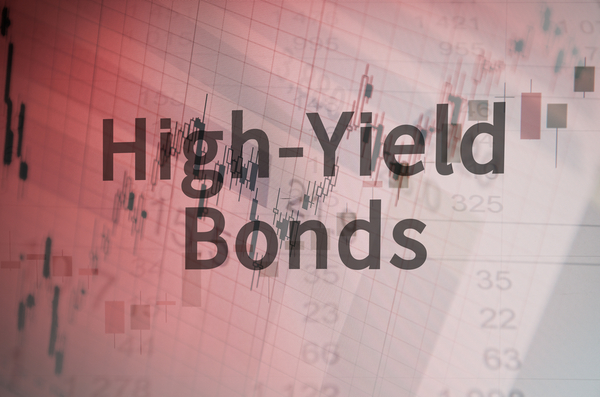With inflation at a record high and yields on so-called corporate junk bonds going through the roof, now may be a good time to consider high yield corporate debt.
“High inflation is great for borrowers because corporate revenues have grown but your debt has not,” said Jason Bloom, Head of Fixed Income and Alternatives ETF Product Strategy at Invesco. “Inflation is inflating the size of the assets, but not the debt.”
The yield on the ICE BofA U.S. High Yield Index, which tracks companies with below investment-grade credit ratings, has more than doubled to about 8.4% from a record low of less than 4% roughly a year ago.
High yield corporate bonds may also provide better downside protection than stocks. Nuveen recently conducted a stress test based on a hypothetical 20% decline in equities and current bond and stock dividend yields and found that while stock prices could fall 19.5%, high yield bonds would lose only 4.5%.
In a note to clients on Monday, Nuveen’s chief investment officer Saira Malik wrote that the record issuance of pandemic debt at low yields has been a tailwind for companies with weaker credit profiles, considering that “debt burdens aren’t excessive and low financing rates have been locked in.” Nuveen estimated that 75% of outstanding high yield corporate debt will come due after 2025, which would offer companies issuing this debt some breathing room if the U.S. economy falls into a recession.
Invesco’s BulletShares high yield corporate bond ETFs come with a range of maturity dates. Depending on the maturity date, the ETF is based on the Nasdaq Bulletshares® USD High Yield Corporate Bond (2022 to 2029) Index. According to Invesco, the funds invest at least 80% of their total assets in corporate bonds that comprise their corresponding index.
The indexes seek to measure the performance of a portfolio of U.S. dollar-denominated, high yield corporate bonds with effective maturities from 2022 to 2029, depending on which ETF is chosen. Instead of purchasing all the securities in their respective indexes, the funds use a “sampling” methodology to seek to achieve their investment objectives.
“With high yield, you’re getting well rewarded for the risk you’re taking,” added Bloom.
The ETFs have an expense ratio of 0.42%.
For more news, information, and strategy, visit the Innovative ETFs Channel.

